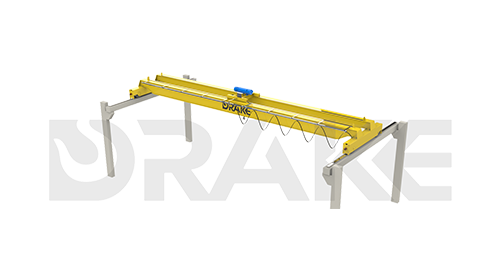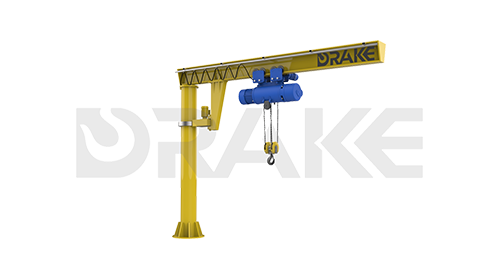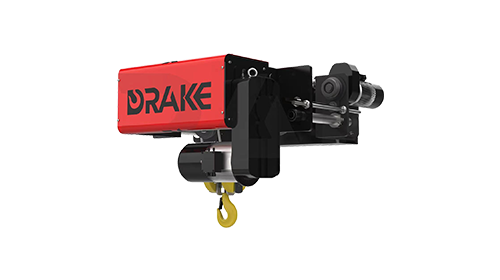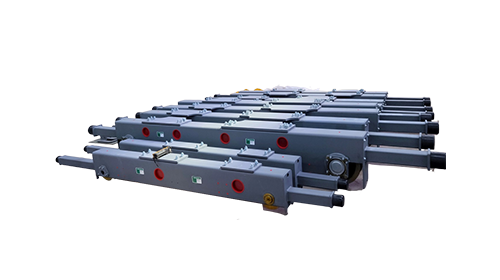Essential Tips for Safely Operating Overhead Cranes
Aug 07,2025
Understanding Overhead Cranes
Overhead cranes, or as some might call them, bridge cranes, are a vital piece of equipment in many industrial settings. Whether you're lifting heavy materials in a warehouse or moving components in a manufacturing plant, these machines are designed to make heavy lifting a breeze. But hold on! Before you start operating one, there are several crucial considerations to keep in mind.
Know Your Equipment Inside and Out
First things first, familiarize yourself with the specific type of overhead crane you'll be using. There are various designs—gantry cranes, jib cranes, and more—each with its own unique features. Read the operator's manual like it's a best-selling novel; you never know what hidden gems of information you might find. Understanding the load capacity and the operational limits is absolutely essential. Ignorance here isn't bliss; it could lead to catastrophic accidents!
Conduct Regular Inspections
Just like you wouldn't drive a car without checking the oil, you shouldn't operate an overhead crane without a thorough inspection. Before each shift, inspect the crane for any signs of wear and tear. Look for cracks, frayed cables, and any unusual noises. Think of it as a pre-flight checklist for a pilot—safety first!
Train, Train, Train!
Training isn't just a box to tick off; it's your best friend when it comes to safety. Make sure you and your team are trained by certified professionals. Hands-on training sessions combined with theoretical knowledge can make a world of difference. And don't forget to keep up with refresher courses. After all, the more you know, the safer you'll be.
Communication is Key
When operating overhead cranes, clear communication among team members is crucial. Use hand signals or two-way radios to keep everyone in the loop. It's super important to ensure that everyone understands the plan before moving loads. Imagine trying to play a game of charades with no rules—chaos ensues!
Always Use Proper Rigging Techniques
Proper rigging can't be emphasized enough. Make sure you're using the right slings and hooks for the job. Avoid overloading the crane by distributing the weight evenly. Remember, an overloaded crane can lead to tipping or even a total failure. It's like trying to balance on a seesaw with one side weighed down—disaster waiting to happen!
Stay Aware of Your Surroundings
Keep your eyes peeled! Always be aware of your surroundings while operating an overhead crane. Look out for obstacles, personnel, and other equipment. If the environment feels chaotic, take a step back and assess the situation. Safety isn't just a personal responsibility; it's a team effort!
Know When to Stop
If something doesn't feel right, it probably isn't. Don't hesitate to stop operations if you notice any irregularities. Whether it's a strange noise or an unexpected load shift, listen to your instincts. Better safe than sorry, right? You'll thank yourself later.
In Conclusion
Operating overhead cranes doesn't have to be a daunting task. With the right knowledge, training, and precautions, you can ensure a safe and efficient work environment. So, gear up, stay sharp, and remember: safety isn't just a policy; it's a culture. Happy lifting!
Previous:
Previous:













